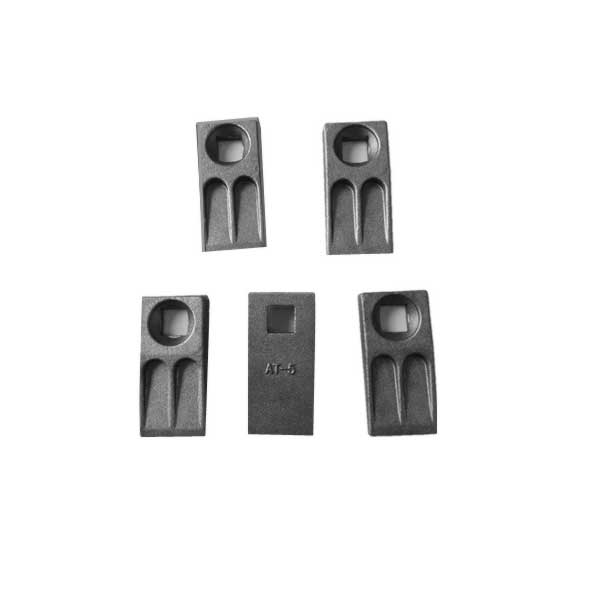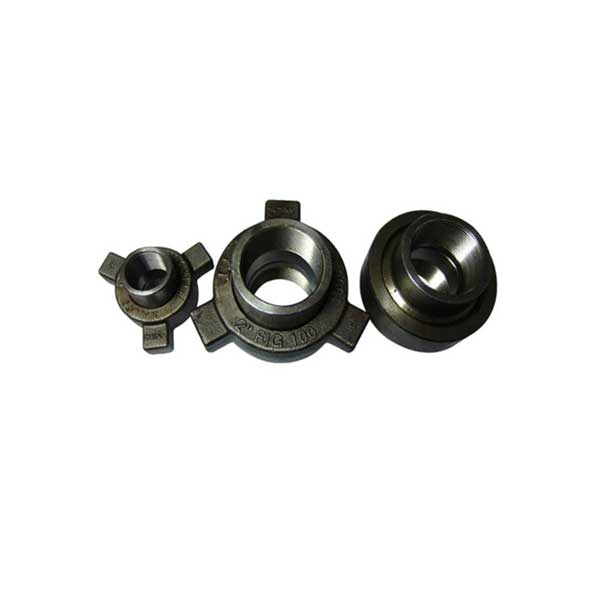Closed die forging, also known as impression-die forging, is a metalworking process where metal is shaped by compressive forces applied through the use of specially designed dies. There are several types of closed die forging techniques, each suitable for different applications and shapes.
TYPES OF CLOSED DIE FORGING

UPSETTING
In this type of closed die forging, the length of the workpiece is reduced while its cross-sectional area is increased. The metal is compressed between the upper and lower dies, causing the material to flow outward and thicken. Upsetting is often used to create heads, caps, and similar components.
COGGING
Cogging is a preliminary forging operation used to reduce the overall size of the workpiece. It involves repeated heating and forging to gradually shape the metal into a rough form, making it easier to handle and further process.

BLOCKING
In blocking, the workpiece is shaped into a rough outline of the final desired product. This process usually requires several dies to progressively deform the metal into a more defined shape. Blocking is often followed by other forging operations to achieve the final product’s details.
COINING
Coining is a closed die forging process used to create intricate and precise features on the workpiece’s surface. It involves high pressures to imprint patterns, designs, or letters onto the metal.
FULLERING
Fullering is a forging operation that creates grooves or channels on the workpiece’s surface. It is commonly used to produce handles, decorative elements, or to facilitate further shaping processes.
…
More detailed information about closed die forging types can be accessed by clicking: https://www.gold-emperor.com/closed-die-forging-type/


